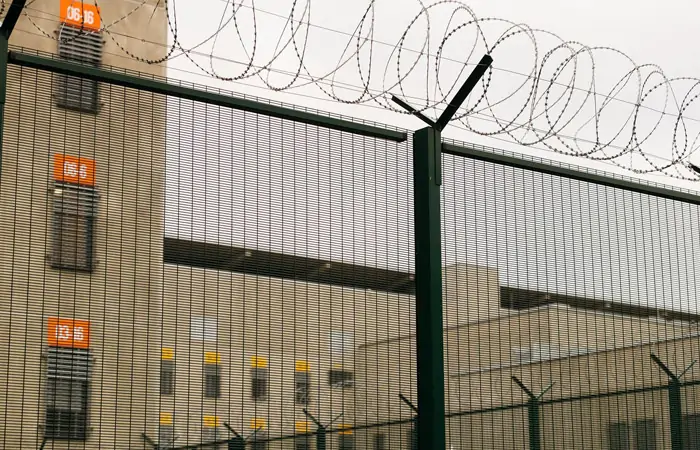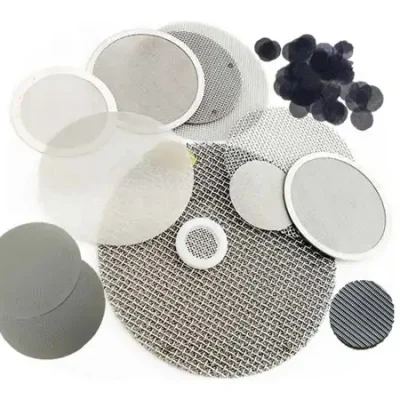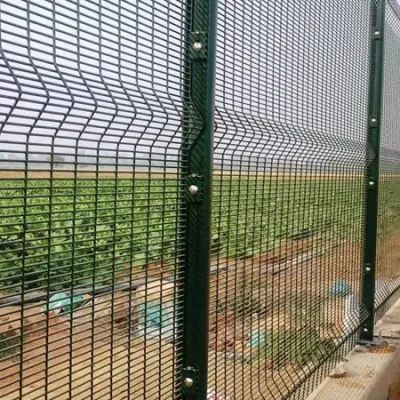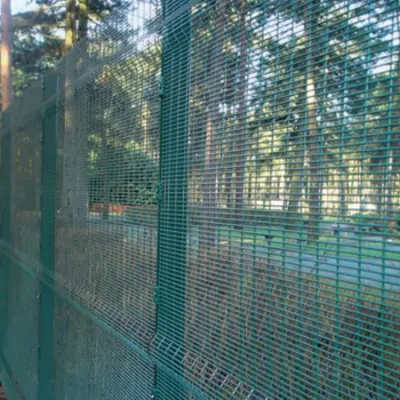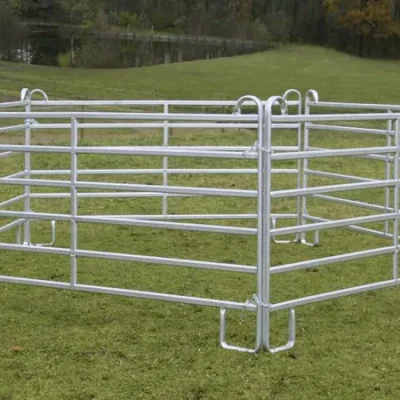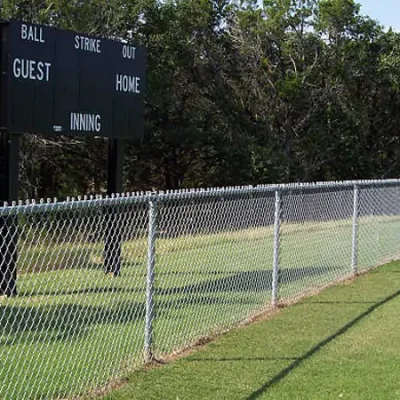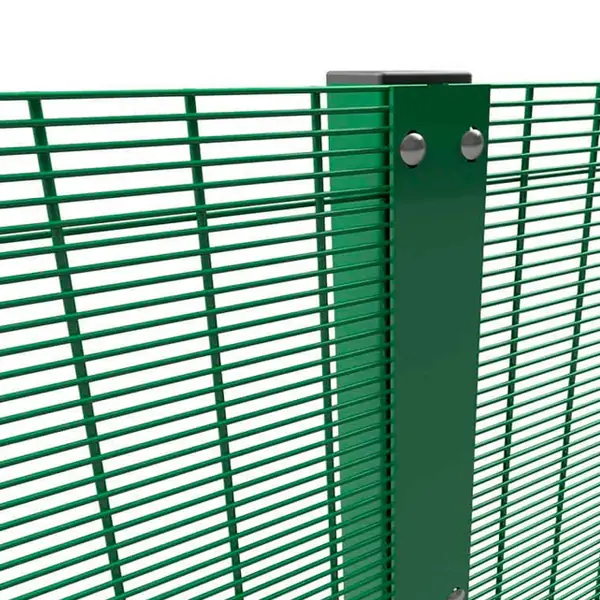Table of Contents
ToggleIntroduction
Security in prisons must be impenetrable, as even minor lapses can result in escapes or external threats. Anti-climb fences stand out as the most effective barrier, engineered to provide maximum security through innovative design and robust construction.
This guide explores why anti-climb fencing is the preferred choice for prisons, detailing its advantages, features, installation processes, and cost analysis, helping decision-makers choose the best solution for their facilities.
What Is an Anti-Climb Fence?
An anti-climb fence is a high-security fencing system crafted to deter climbing, tampering, and intrusion. Its design includes:
- Tight mesh panels: The small gaps between wires make it nearly impossible to grip or climb.
- Reinforced materials: Typically constructed from galvanized steel, ensuring durability and resistance to cutting tools.
- Angled tops: Panels may angle outward to further deter climbers.
Anti-climb fences combine functionality and aesthetics, ensuring both effectiveness and seamless integration with prison infrastructure.

Why Is an Anti-Climb Fence Ideal for Prisons?
Prisons demand unparalleled security. Anti-climb fencing addresses these needs by:
- Providing Superior Security:
- Prevents climbing with its small mesh gaps.
- Resists cutting or tampering with high-tensile materials.
- Acting as a Deterrent:
- Its intimidating design discourages escape attempts and smuggling activities.
- Reducing Maintenance Costs:
- Built for durability, these fences last longer and require fewer repairs compared to traditional fencing solutions.

Essential Features of an Anti-Climb Fence
When choosing a fence for prison security, prioritize these features:
- Height:
Prisons typically require fences at least 10 feet tall to prevent climbing. - Anti-Cutting Strength:
Materials must withstand tools such as bolt cutters. - Corrosion Resistance:
Galvanized or powder-coated steel ensures longevity, even in harsh climates. - Seamless Integration with Security Systems:
Modern fences can include motion sensors, alarms, or surveillance cameras for enhanced monitoring.

How to Install an Anti-Climb Fence for Maximum Effectiveness
The installation process requires careful planning to ensure the fence meets security needs:
- Assessing the Terrain:
A thorough site survey identifies challenges like slopes or obstructions. - Proper Anchoring:
Secure posts in concrete to prevent tampering or removal. - Alignment with Existing Systems:
Integrate with surveillance cameras or alarm systems to create a cohesive security network. - Professional Installation:
Hiring experienced professionals ensures the fence is installed to specification, leaving no vulnerabilities.
Cost Analysis of an Anti-Climb Fence
The cost of anti-climb fencing can vary based on materials, height, and additional features:
- Initial Investment:
The average cost for a high-security fence ranges between $100 to $300 per linear foot. - Long-Term Savings:
Anti-climb fences require minimal maintenance, making them cost-effective in the long run. - Comparison to Alternatives:
While cheaper options like barbed wire exist, they lack the durability and advanced deterrent features of anti-climb solutions.
How Anti-Climb Fences Enhance Prison Security
Anti-climb fences not only provide a physical barrier but also strengthen overall security through integration with modern technology:
- Sensors: Detect tampering or movement near the fence.
- Surveillance Cameras: Offer real-time monitoring of perimeter activity.
- Alarms: Trigger immediate response to breaches.
These features work together to provide unmatched protection, making anti-climb fencing the ideal choice for correctional facilities.

Legal and Compliance Standards
Prison fences must comply with strict security and safety regulations:
- Local Guidelines:
Ensure fences meet the required height and strength standards mandated by authorities. - Safety Compliance:
Designs should minimize risks to both inmates and staff while maintaining high security. - Case Study Example:
A correctional facility met compliance standards by installing anti-climb fencing, reducing liability and boosting operational efficiency.
Alternatives to Anti-Climb Fencing
Although anti-climb fencing is the gold standard, alternative options include:
- Electric Fencing: Effective but requires consistent maintenance and significant energy.
- Barbed Wire: Low-cost but less secure and easier to breach.
Despite these options, none match the reliability and durability of anti-climb fences for high-security needs.
Choosing the Right Supplier
- Reputation:
Work with suppliers specializing in prison security solutions. - Customization Options:
Tailored designs ensure the fence meets unique facility needs. - Warranties and After-Sales Support:
Choose a supplier that offers robust warranties and ongoing support for repairs or upgrades.

Conclusion
Anti-climb fences are the ultimate solution for securing prison facilities. Their unmatched strength, durability, and ability to integrate with modern security systems make them indispensable for correctional institutions.
By investing in anti-climb fencing, prison authorities can ensure maximum security, reduce maintenance costs, and foster public trust in their operations. Choose a trusted supplier today to explore tailored solutions that meet your facility’s needs.

